Pakistan has faced the devastating impacts of climate change in recent years, with flash floods between June and October this year claiming over a thousand lives across the country. Khyber Pakhtunkhwa province, already grappling with militancy, was the worst hit, reporting 509 deaths. The floods also damaged 3,222 houses in the province, many of them partially destroyed.
Punjab, the country’s most populous province, was the second hardest hit in terms of casualties, recording 322 deaths. It also suffered extensive infrastructure damage, with 213,097 houses affected. Meanwhile, Balochistan, the country’s vast southwestern province and home to violent ethnic separatist groups, reported 38 deaths and the destruction of 6,370 houses during the same period.
Alongside natural disasters and human losses, Pakistan’s security landscape is increasingly witnessing militant propaganda campaigns that link their narratives to climate change. Groups are tailoring their narratives to increase sympathies and inroads among the climate-affected people. Islamist militant groups, particularly the Tehreek-e-Taliban (TTP), Islamic State, and Ittihad-ul-Mujahideen Pakistan (IMP) – a newly emerging alliance between the Hafiz Gul Bahadur Group (HBG) and Lashkar-e-Islam (LI) – are evolving their rhetoric to frame climate change as ‘nature’s revenge,’ often through conspiracy theories employing various digital tools and appealing media strategies.
Popular narratives espoused by these groups include those that centre around protecting wildlife and preventing deforestation, while simultaneously imposing taxes on those involved in timber harvesting as a means of generating revenue. By portraying jungles as both natural hideouts and strategic defensive terrains, militants seek to justify their violent actions. Similarly, through public statements, video footage, pamphlets, and social media campaigns, militants are appealing for support for climate-affected communities to garner sympathisers and expand their influence.
In Pakistan, militant groups and other violent extremist actors are exploiting climate change-fueled natural disasters to expand their influence and collect funds, yet this dimension of Pakistan’s militant landscape has largely gone unnoticed. This is a growing trend in how some militants are shaping their strategies and narratives, and it remains insufficiently addressed in counterterrorism and security policies.
Therefore, this Insight examines the strategies, narratives, and fundraising efforts employed by militants during the recent flooding events in Pakistan, as they sought to exploit the state’s governance weaknesses amid growing climate vulnerabilities, particularly in the volatile Khyber Pakhtunkhwa and Balochistan provinces.
Militants Exploit Humanitarian Crises Narrated by Climate Shocks
In mid-August, heavy rainfall and flash floods struck Khyber Pakhtunkhwa, inundating districts such as Bunner, Shangla, Swat, and Mansehra. As a humanitarian crisis ensued, the TTP sought to exploit the catastrophe to advance its extremist political narrative, particularly around the shortcomings of the government’s rescue efforts in the province. In the first wave of the group’s propaganda, the TTP’s strategies for capitalising on the crisis included targeting institutions, such as Pakistan’s security sector, which often portrays itself as a defensive force for the country. The TTP attempted to undermine the image of Pakistan’s security forces, meteorological departments, and rescue officials by questioning their role in informing the public before the crisis.
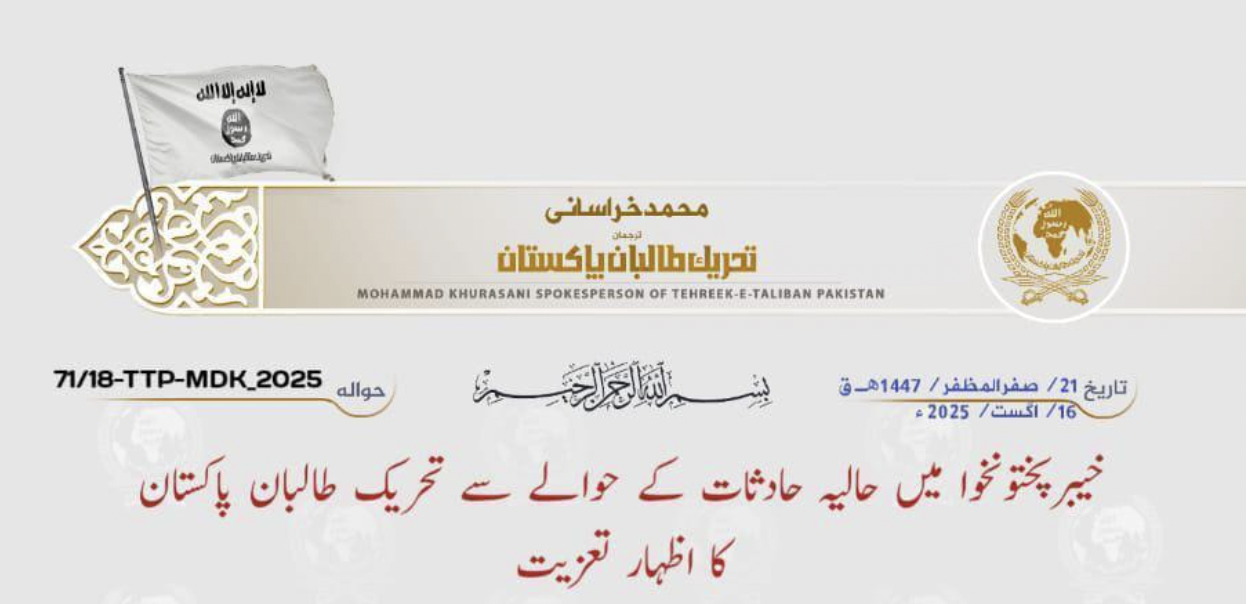
Figure 1: TTP’s condolence statement, which also comments on the inability of the government to rescue the people.
Similarly, in another statement in September, the group sought to frame the climate devastation as divine retribution, exploiting widespread suffering to reinforce its rhetoric against what it portrays as societal immodesty and moral decline. By linking climate change to religious justification, the TTP attempts to strengthen its influence among vulnerable communities, highlighting how climate-induced disasters can intensify existing security and extremism challenges in a country that is already vulnerable and facing a surge in violence by militants and separatist actors. Moreover, a propaganda pamphlet released in Urdu underscored the transnational ambitions of such narratives. The document extended beyond Pakistan’s borders, linking the floods in Khyber Pakhtunkhwa to earthquake-related disasters in places such as Afghanistan and Sudan, which are also affected by climate change and drought.
In Sudan, the conflict between the Sudanese Armed Forces (SAF) and the paramilitary Rapid Armed Forces (RAF) led to the displacement of 13 million people, which also affected the climate-linked livelihoods, migrations, and mobility. Similarly, flash floods and droughts in Afghanistan demonstrate these militant groups’ ability to align their propaganda with global crises, portraying natural calamities as divine punishment across the Muslim world, rather than as isolated local events. Climate change, a universal challenge that extends beyond territorial boundaries, parallels the militants’ framing tactics, which adapt such global phenomena to reinforce ideological cohesion and transnational connectivity.
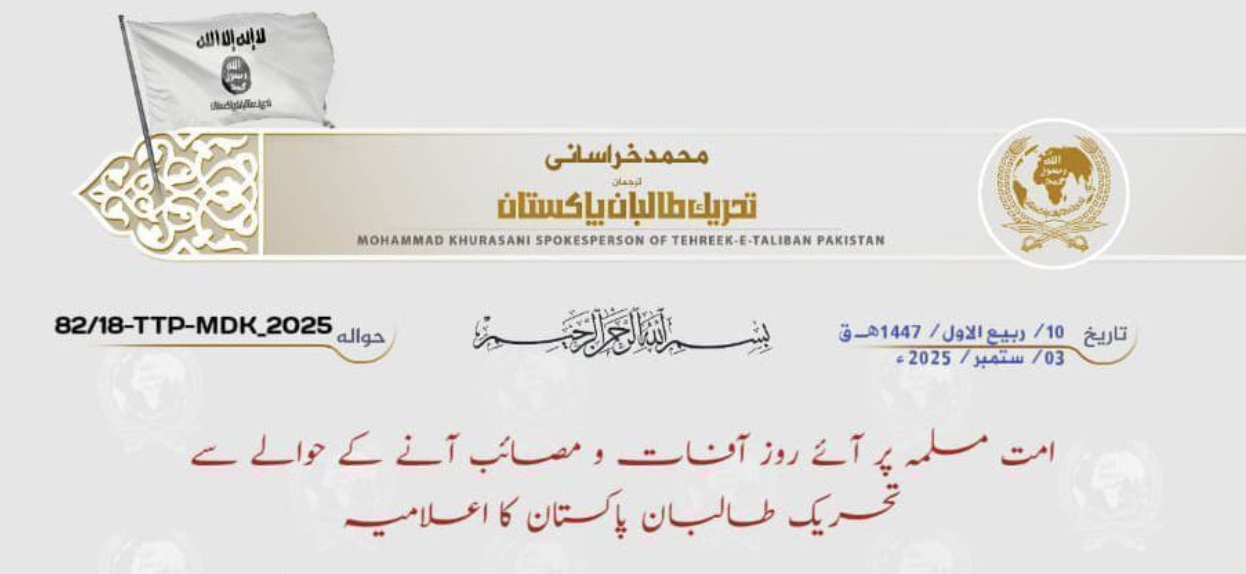
Figure 2: In its statement, the TTP adopted an approach to transnationalise the climate crisis by comparing it with other climate-affected areas worldwide.
Transnationalisation of the Climate Crisis
The social and economic vulnerabilities created by the climate crisis have also been exploited by other groups besides TTP, including the newly formed IMP alliance, which has adopted narratives around this issue in its propaganda. The group released a three-minute video on its Telegram channel on 19 August, depicting submerged homes and displaced residents amid the wreckage. In the video, it appeared that the group employed advanced tools for its production, featuring a voice-over by a member identified as Ghazi Shahab Uddain. The video echoed appeal messages similar to those of the TTP. While calling for support to meet the needs of victims, particularly widows and orphans, it conveyed compartmentalised messaging that targeted specific segments of society. This approach sought to cultivate sympathy among vulnerable groups, urging them to contribute to what the group described as the ‘holy role of God’. In doing so, it aimed to gain legitimacy while simultaneously broadcasting an appeal for recruitment.
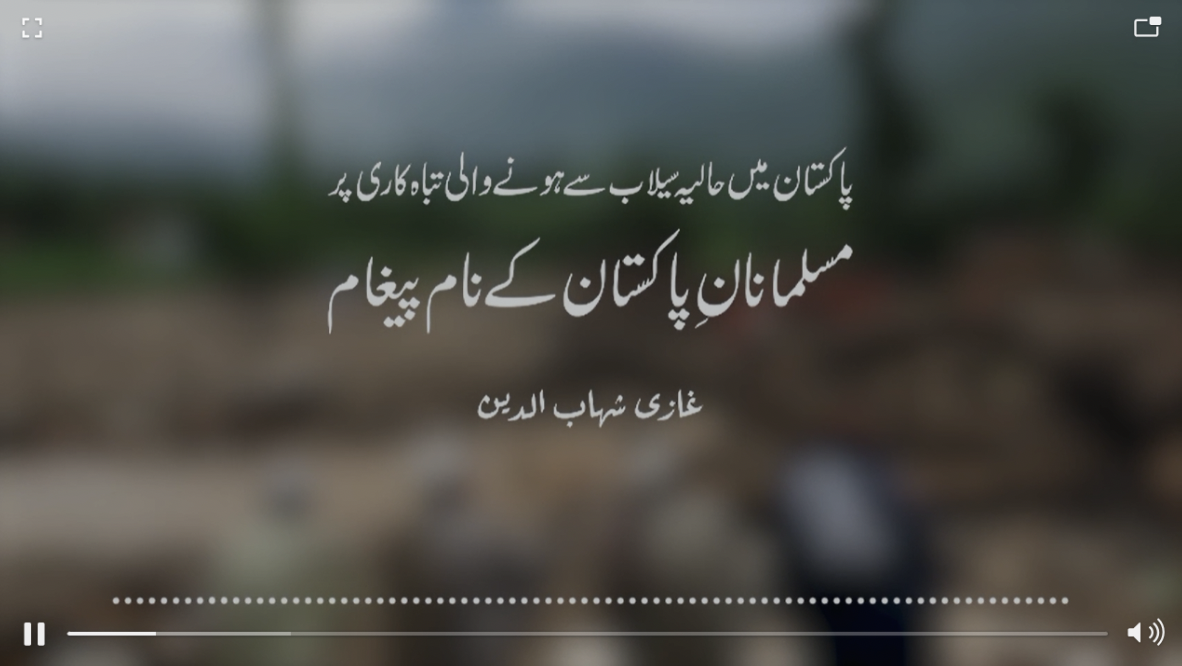
Figure 3: IMP video featuring flood-affected areas.
When IMP was formed in March of this year, the group demonstrated strong propaganda tactics and statements, releasing materials in Urdu, Pashto, and English. IMP released a video about the flood on its newly created website and disseminated pamphlets that included a public appeal for support of flood victims in the Khyber Pakhtunkhwa Province.
Before the mid-August flood, IMP also capitalised on another heartbreaking incident that unfolded in the Swat district, Khyber Pakhtunkhwa Province. A powerful monsoon flash flood hit a tourist spot, trapping an entire family, leaving more than a dozen relatives drowned. The tragedy exposed failures in the emergency response system and left the whole of Pakistan in mourning. IMP militants, through their media outlet, released a document written in an emotional tone. In its four sections, the group linked this climate change–related tragedy to the idea that “death is everyone’s ultimate fate.” This pamphlet also criticised the security forces, arguing that helicopters are being used for bombing in Khyber Pakhtunkhwa and Balochistan, but not for rescuing ordinary citizens who pay taxes to the state.
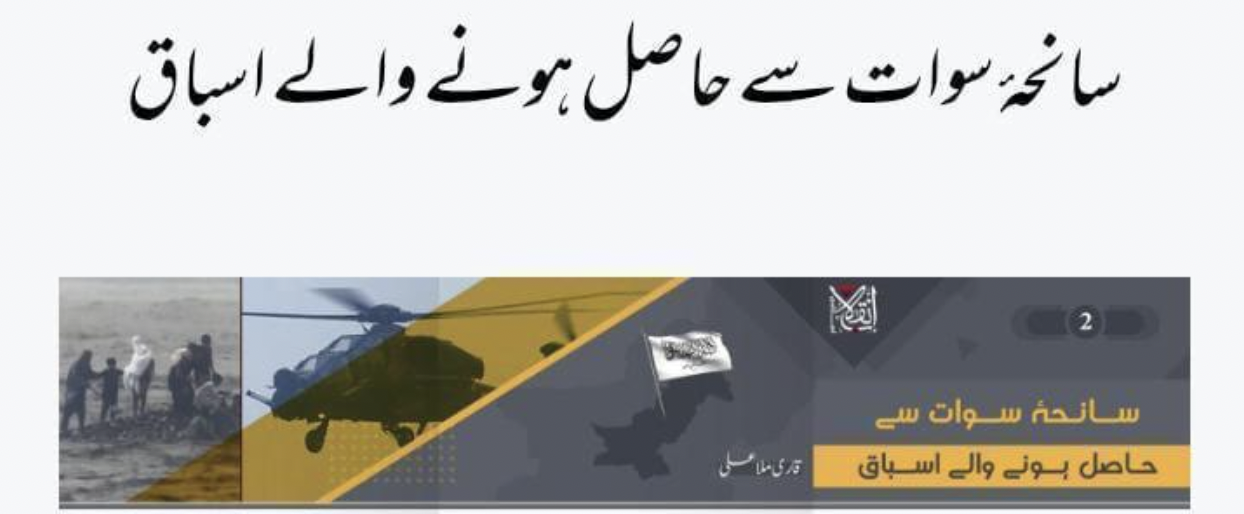
Figure 4: IMP media illustrating the extended family in Swat, with a photoshopped image of a Pakistan Army helicopter.
In addition, the Islamic State, particularly its Khorasan Province (ISKP) and Pakistan Province (ISPP), has also exploited the climate-related crises in Khyber Pakhtunkhwa. The group circulated an image of people stranded in boats in Bangladesh, portraying itself as sympathetic to victims of climate disasters. Through the cover of the climate crisis, the group disseminates its ideology and expands its influence among affected communities, particularly appealing for public support. Moreover, IS also uses social media such as Facebook to express condolences and make appeals, while at the same time criticising the government’s response to the needs of affected communities.
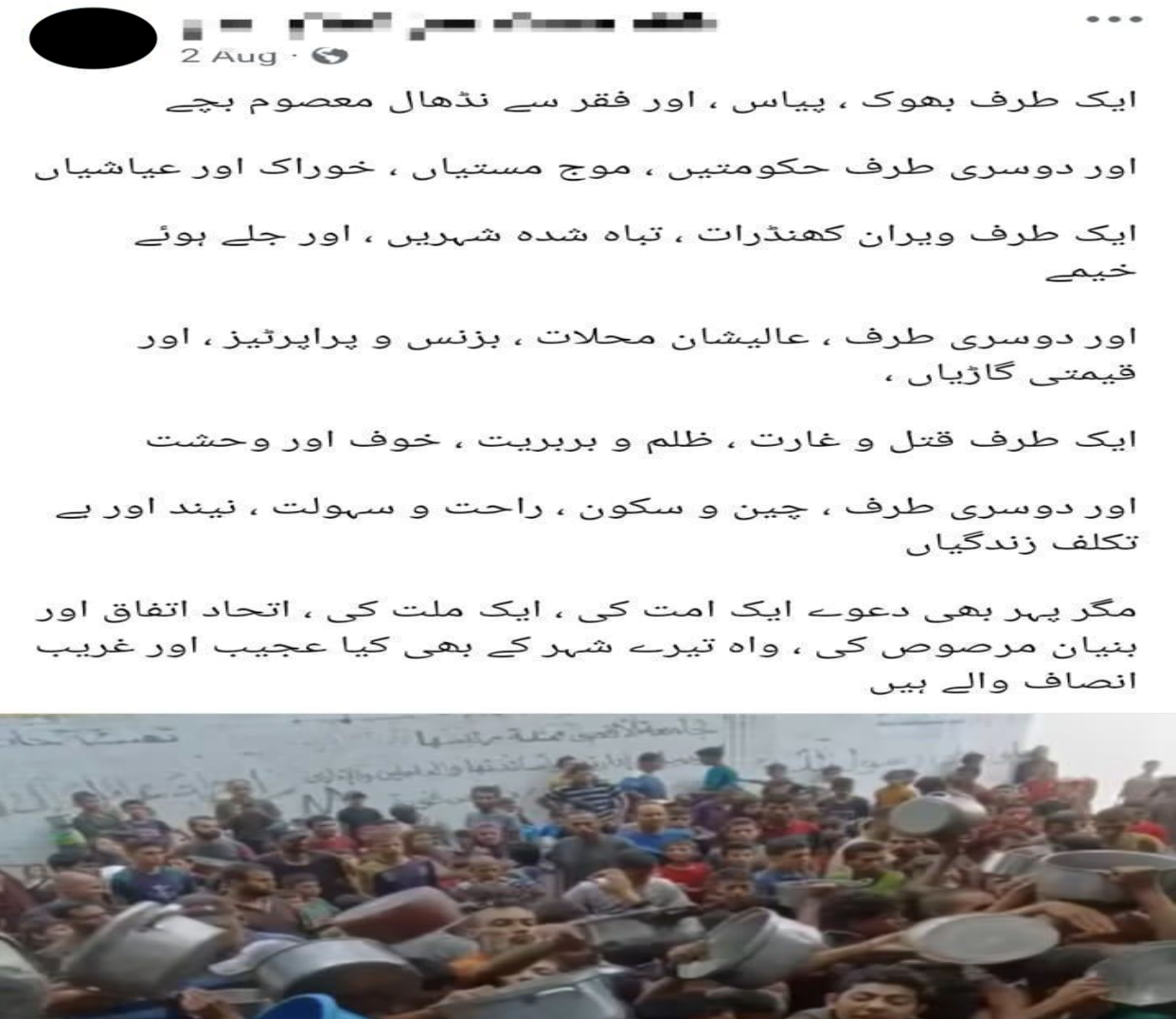
Figure 5: Islamic State social media post criticising the government’s handling of the floods, with an image of people facing difficulties in accessing food aid.
In its Yalgaar magazine, the Islamic State called for support to aid the rehabilitation of flood victims in Khyber Pakhtunkhwa province. While appealing for assistance, the publication simultaneously sought to intimidate the public, using religious rhetoric to advance the group’s agenda. Similarly, in the August 2024 issue of its Urdu-language Nawa-i-Khorasan magazine, the group highlighted the floods in Bangladesh, illustrating its capacity to exploit global crises and natural disasters to adjust its narrative in line with its strategic objectives.
Evolving propaganda strategies in Pakistan’s militant landscape reveal how both local and transnational groups have adopted diverse approaches to craft narratives and employ empathetic tactics aimed at influencing vulnerable communities. These strategies serve to boost recruitment, generate financial resources, and, in some cases, use climate change as a pretext to construct and promote narratives that align with their operational objectives.
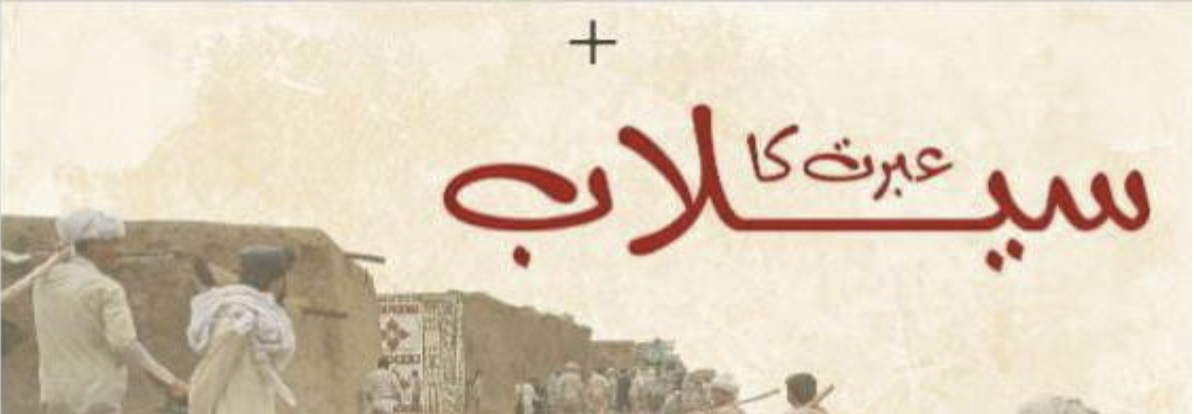
Figure 6: The Yalgaar magazine of the Islamic State outlined lessons from the floods.
At the same time, the TTP adopted a climate-related militant narrative, framing the exploitation of timber and illegal deforestation as an economic means to sustain their operations and secure strategic hideouts within Khyber Pakhtunkhwa province.
Conclusion
Pakistan continues to face governance-related challenges in addressing the country’s climate crisis, creating a rift between the central government and rural regions. Militant groups have exploited these governance gaps and inefficient rescue or rehabilitation efforts, as illustrated by the Swat incident, to advance their narratives and gain influence among vulnerable communities. Climate-affected populations and wildlife protection narratives have increasingly been co-opted by militants, a trend that requires closer academic and policy attention. However, much of Pakistan’s academia, media, policymakers, think tanks, and legislators remain focused primarily on climate loss assessments and data collection, often overlooking the crucial aspect of narrative framing and the strategic use of the global climate crisis by militant groups to pursue their broader, transnational agendas through targeted messaging. Lastly, it is important for experts to monitor the dynamics of climate change in conflict-affected areas narrowly and to critically decode the narratives propagated by militant groups.
–
Imtiaz Baloch is a journalist and researcher with a particular interest in political development and security in Pakistan and Iran’s Sistan-va-Baluchestan provinces. He works as a Researcher at the Pak Institute for Peace Studies (PIPS), Islamabad. He tweets at @ImtiazBaluch.
–
Are you a tech company interested in strengthening your capacity to counter terrorist and violent extremist activity online? Apply for GIFCT membership to join over 30 other tech platforms working together to prevent terrorists and violent extremists from exploiting online platforms by leveraging technology, expertise, and cross-sector partnerships.
